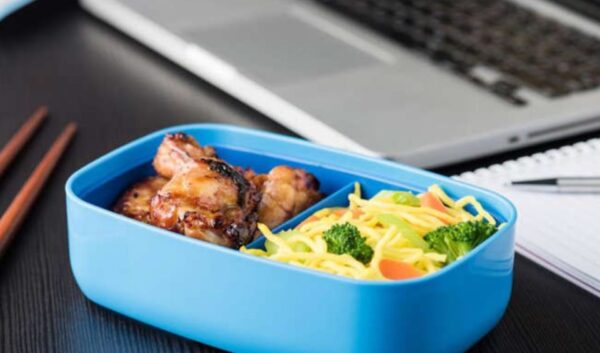Lifestyle
4 ways to remove coconut shell in just a few minutes

When it comes to dry coconut, the shell is something that most people are scared of extracting.
Extracting coconut flesh from its tough exterior layer may seem like a tough task.
This is because a coconut has a thick, fibrous exterior and can be quite challenging to break open. Extracting coconut shells is a labor-intensive process.
It involves breaking the tough husk, removing fibrous coir, and cracking the hard shell. The process requires sharp tools, strength, and precision to avoid damaging the shell or injuring oneself.
Traditional methods make it even more challenging, demanding patience and significant physical effort.
Well, if you too struggle with the same, then here are some simple methods to open a cC without putting in much effort.
Here are four methods you can use to quickly and easily remove the coconut shell.
1. Crack open the coconut
To begin with, use a sharp object like a clean nail or screwdriver to poke through the three brown, circular spots of the coconut. Drain the water into a bowl for later use or to drink. Hold the coconut in one hand and use the hammer or mallet to tap around the center of the coconut. You should focus on creating a crack around its middle, rather than tapping too hard at the top or bottom. With a few strong taps, you should see the coconut shell begin to crack. Once it splits open, gently pull the two halves apart. You can then easily remove the coconut meat from the shell by prying it out with a butter knife or a spoon. If the flesh is stubborn, you can place the halves in the freezer for about 10-15 minutes before attempting to separate the meat from the shell.
2. 3Use an oven
If you are dealing with a particularly tough coconut shell, the heat of the oven can help loosen the shell and make it easier to remove the coconut meat. This method works particularly well for mature coconuts with a harder shell. Preheat the oven to 180°C, then poke holes in the eyes of the coconut and drain out the coconut water. Place the coconut on a baking sheet.Put the coconut in the preheated oven and bake it for about 10-15 minutes. The heat will cause the shell to expand and crack, making it easier to break open. Once the coconut has cooled slightly, use a hammer or mallet to gently tap the cracks until the shell splits open. The coconut meat should easily come away from the shell and cut the chunks and preserve it properly.
3. Boiling the coconut shell
Boiling the coconut is another effective method that softens the shell and flesh, making it easier to remove. This is ideal if you prefer a cleaner separation of the coconut meat from the shell. To use this method, poke holes in the coconut eyes and drain out the coconut water. Place the coconut in a large pot of water and bring it to a boil. Let it boil for about 10-15 minutes. This step softens the shell and helps separate the meat from the inside. After boiling, remove the coconut from the water and allow it to cool enough to handle. The heat will have loosened the flesh, making it easier to remove.
4. Freezing the coconut
If you are not in a hurry and want an easier time separating the coconut meat from the shell, try freezing the coconut. After cracking the coconut open using one of the above methods, place the halves in the freezer for a few hours. The cold temperature will cause the coconut meat to contract slightly, which will make it much easier to remove from the shell when you attempt to pry it out.
What you can do with coconut shells?
Coconut shells are versatile and eco-friendly. They can be used as natural planters for small plants or herbs, decorative bowls, or candle holders. Crushed coconut shells make excellent organic mulch for gardens. They are also crafted into jewelry, keychains, and other handicrafts. Additionally, coconut shells can serve as sustainable fuel or be transformed into activated charcoal for purification purposes.
Cooking in coconut shells
Yes, coconut shells can be used for cooking, offering a natural and eco-friendly method. They are heat-resistant and can serve as containers for steaming, baking, or grilling foods like rice, curries, or desserts. The shells impart a subtle coconut flavor to dishes, enhancing taste. Ensure the shells are cleaned thoroughly before use, and handle them carefully as they can crack under extreme heat. Thus, it is best to cook them over low heat to avoid cracking of the shell.






